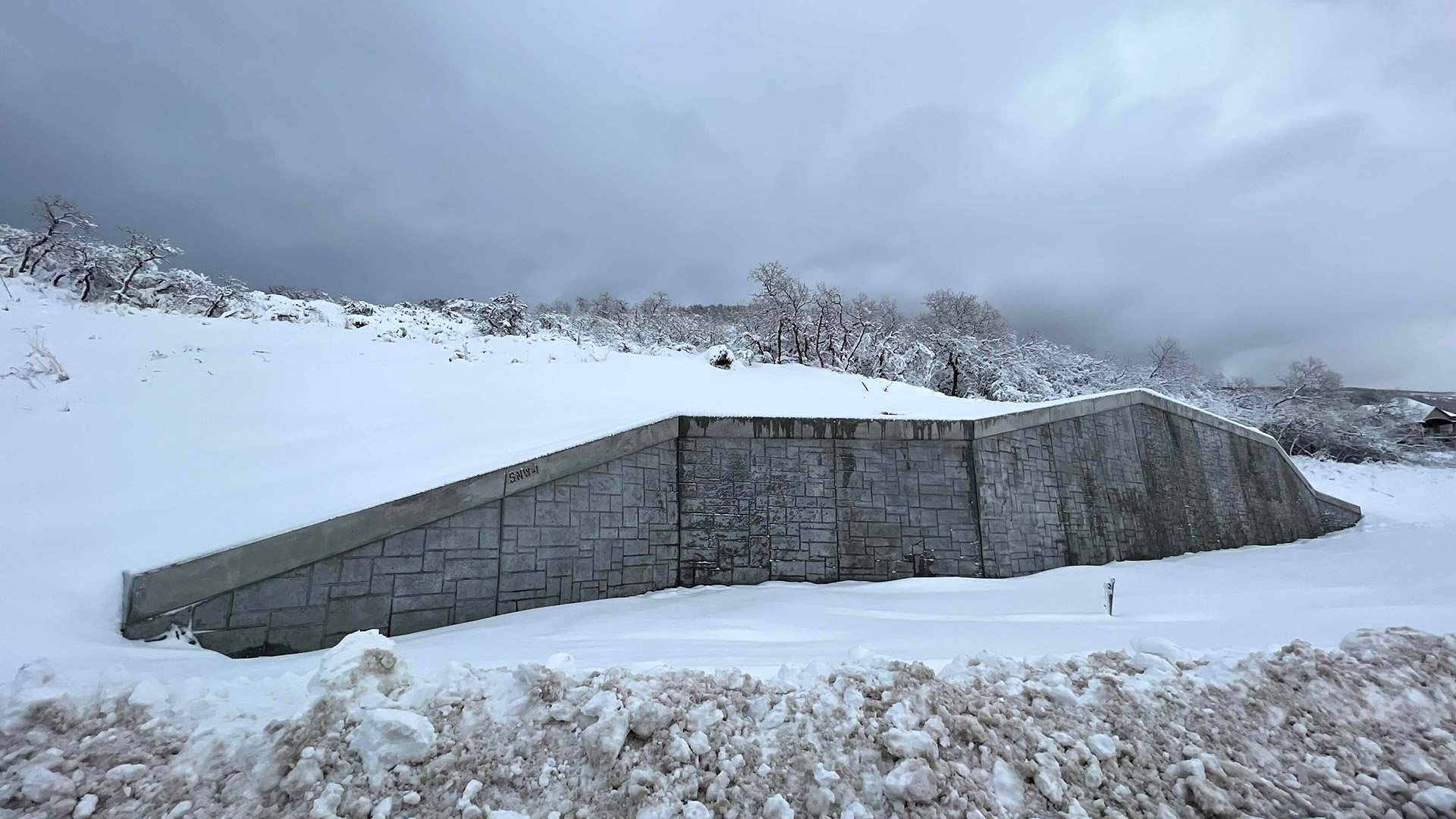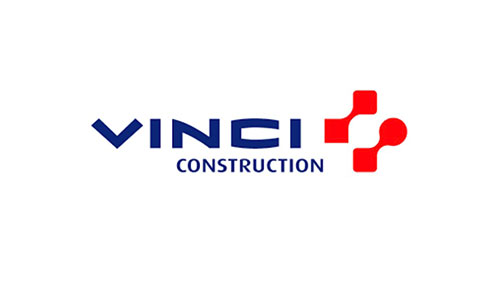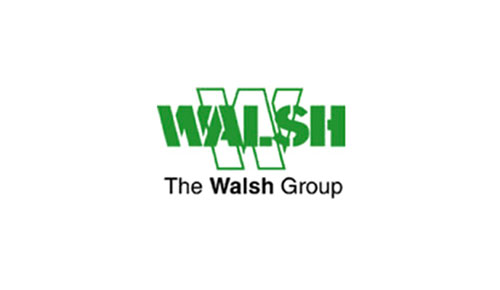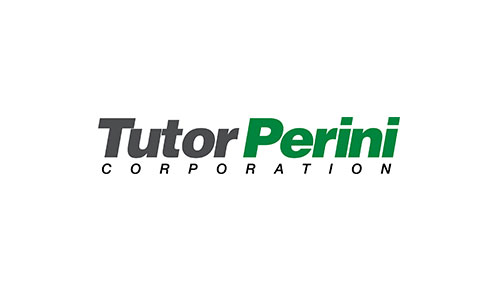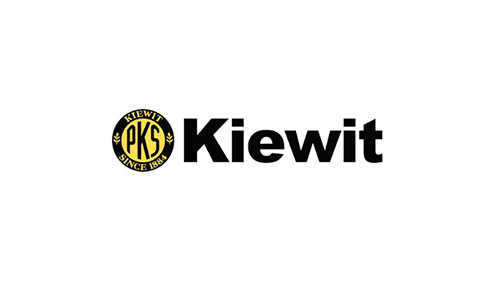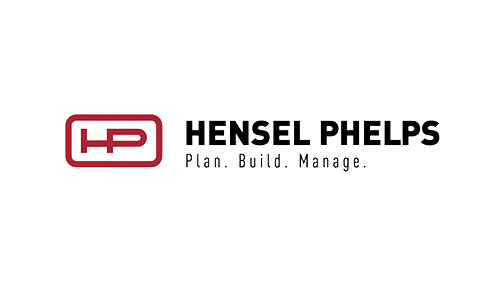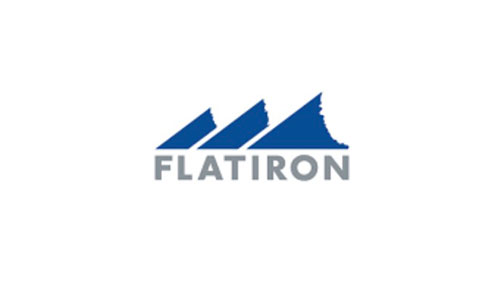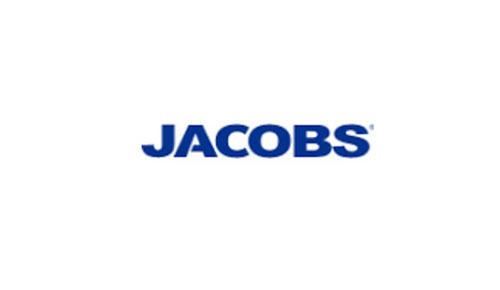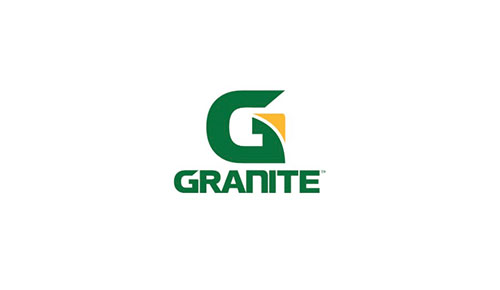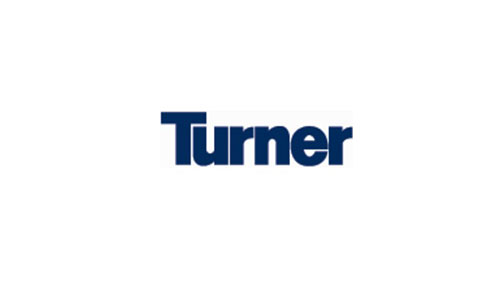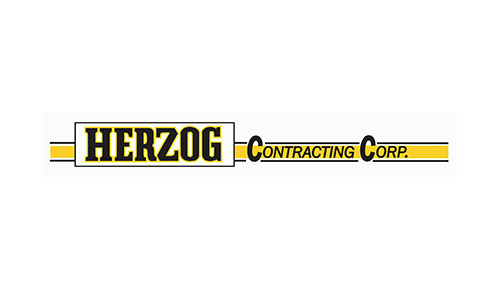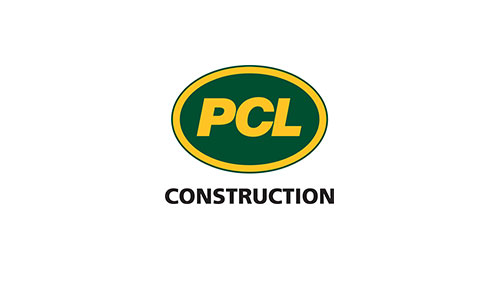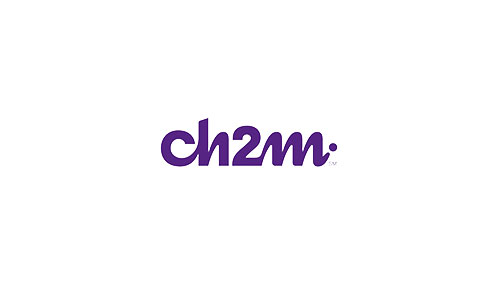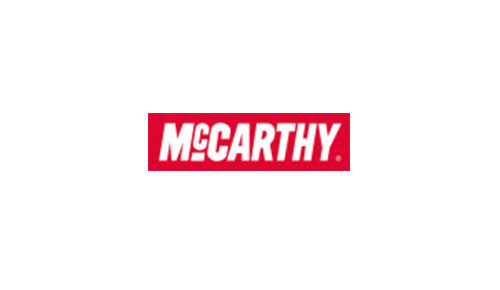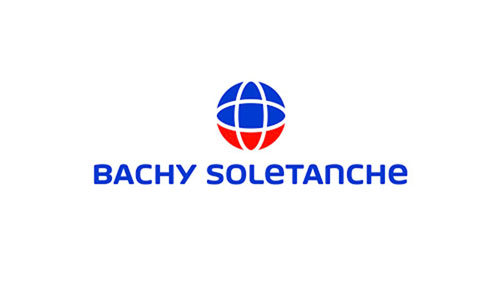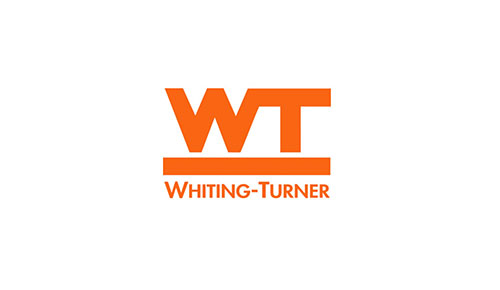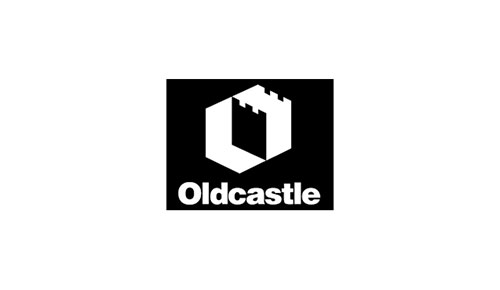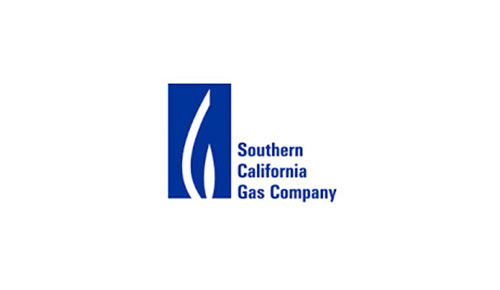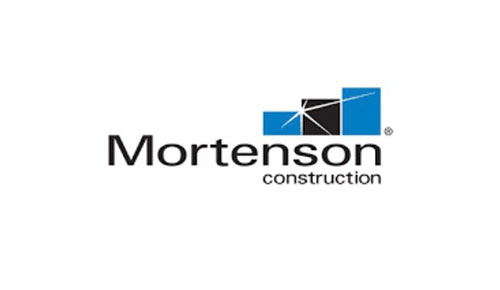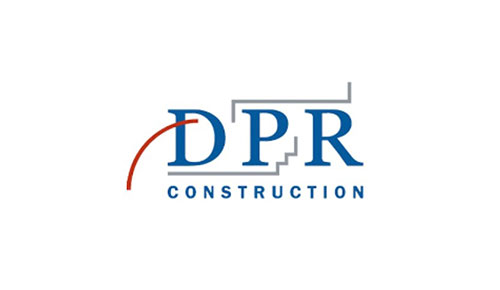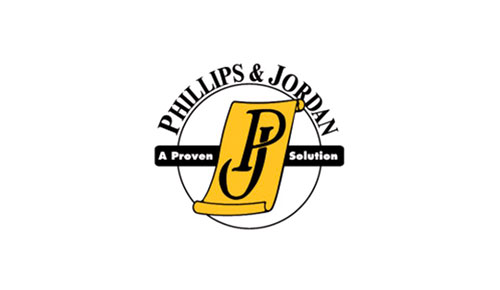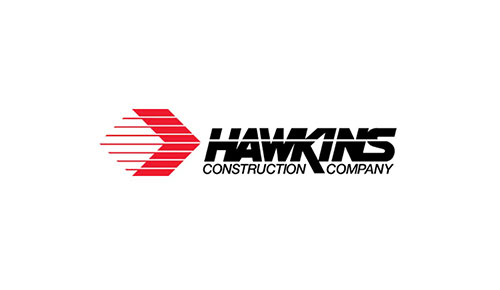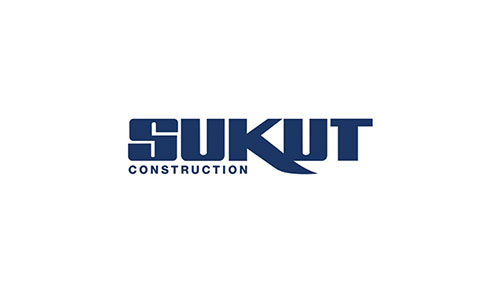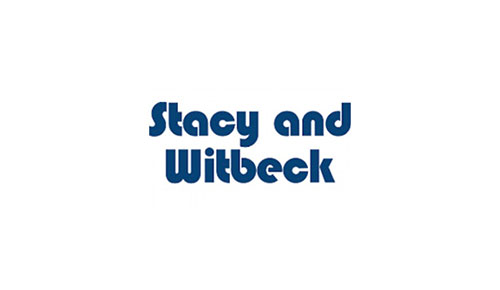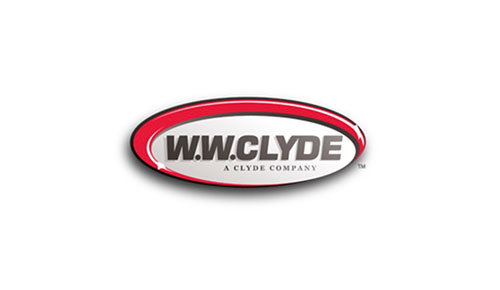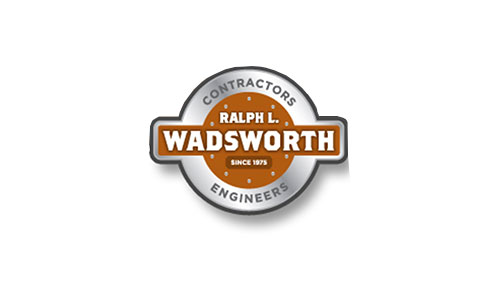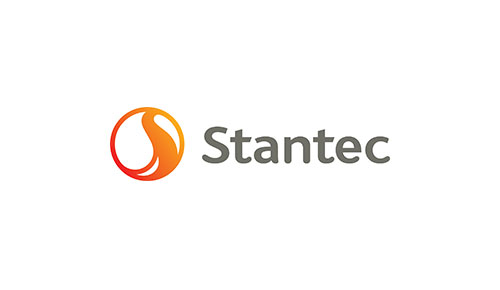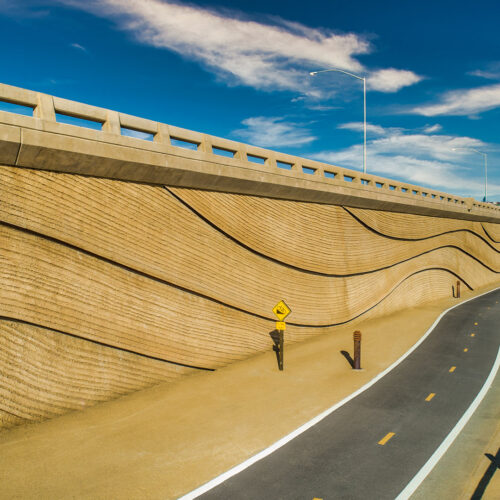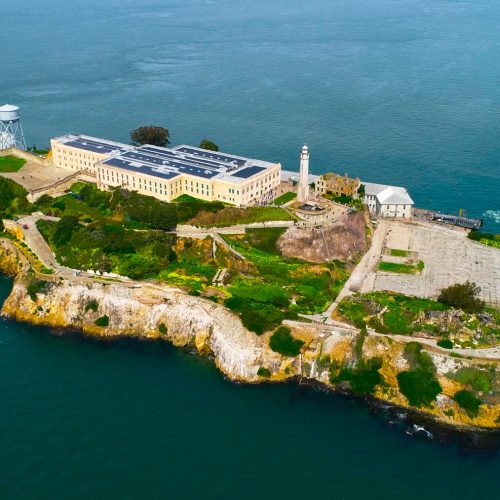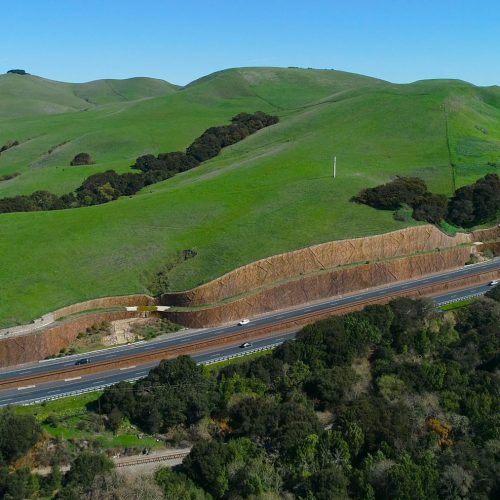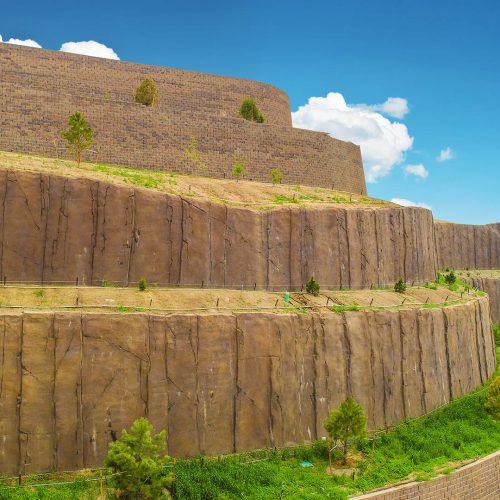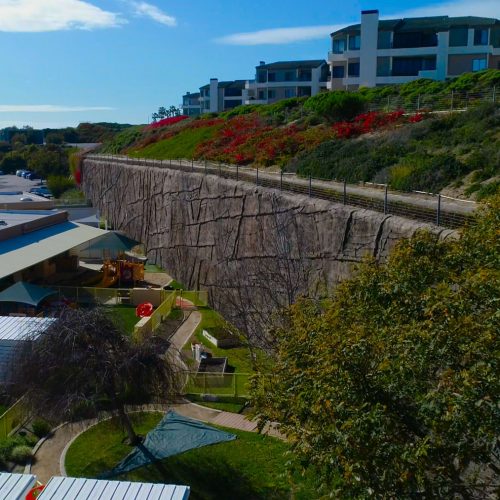Cold Weather Shotcreting Best Practices
Placing shotcrete in cold weather presents unique challenges that require careful planning, proper protection, and adherence to concrete placement standards. This guide outlines best practices for performing dry- and wet-mix shotcrete applications in low temperatures, ensuring both safety and structural integrity during and after placement.
Understanding Cold Weather Conditions
According to ACI 306R-10, cold weather exists when the air temperature falls below 40°F (4°C) during the protection period. The protection period is the time required to prevent concrete from being affected by cold exposure. For shotcrete, this means ensuring proper thermal conditions from transport through curing to prevent early-age freezing.
Challenges and Cold Weather Planning
In temperatures as low as –45°F (–43°C), shotcrete placement demands heat protection, thermal clothing, and slower production schedules. Safety risks and material vulnerability increase, making early planning with the owner or contractor essential to determine whether to continue or pause work during winter.
Key Protection Objectives
Cold weather shotcreting must achieve the following:
- Prevent early-age freezing
- Develop strength for safe removal of forms and loading
- Maintain curing conditions for strength development
- Avoid rapid temperature changes
- Ensure long-term durability and serviceability
Concrete Temperatures and Curing Guidelines
Shotcrete must maintain a temperature of at least 40°F (4.4°C) to begin hydration. At 50°F (10°C), most mixes reach 500 psi (3.5 MPa) in a few hours to 48 hours. Higher paste content and lower water–cement ratios in wet-mix shotcrete often allow strength development within 24 hours.
Recommended Practices for Cold Weather Shotcreting
- Use insulation blankets or heated enclosures
- Monitor internal and surface temperatures frequently
- Use high-low thermometers and track ambient conditions
- Avoid removing protection until temperature equalization occurs over 24 hours
- Document all temperature data for quality assurance
Temperature Control Techniques
Use heated formwork, hydronic heating, electric blankets, and forced air heat to maintain proper placement conditions. Adjust the concrete mix with accelerators, increased cement content, or Type III cement to reach target strength more quickly.
Avoiding Thermal Cracking
Rapid surface cooling or large temperature gradients (greater than 20°F or 11°C) can cause cracking before the concrete gains sufficient strength. Gradual removal of protection and careful monitoring minimize this risk.
Practical Considerations and Cost Implications
Cold weather shotcreting adds costs for heating, labor, and safety precautions. These factors must be weighed early in the project planning. If work must proceed through winter, ensure full crew protection, maintain equipment performance, and follow concrete standards to deliver consistent quality despite environmental conditions.
Cold weather need not halt shotcrete operations—but it does require detailed preparation, temperature control, and methodical execution. Following ACI guidelines and proven best practices ensures your shotcrete performs reliably through the most demanding conditions.
Ready to ensure your shotcrete project thrives in cold conditions? Request a quote or contact our team to learn how we can deliver dependable, high-quality shotcrete solutions regardless of weather.
Tags:Shotcrete, Cold Weather, Concrete Repair
Contact Boulderscape, Inc.
Address: 1050 Calle Negocio, San Clemente, CA 92673
Office: (949) 661-5087 | Fax: (949) 661-3397
Website:www.Boulderscape.com
“Installers of more than 14 million square feet of structural/architectural shotcrete nationwide”

